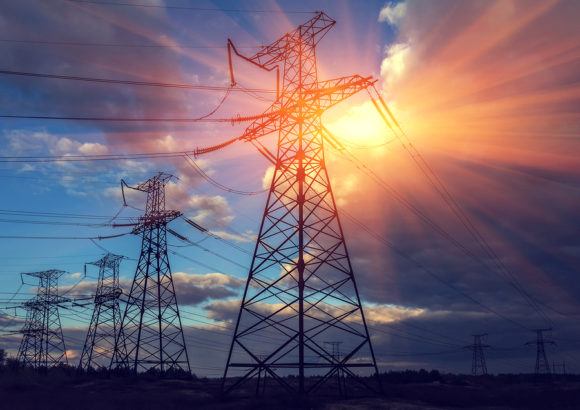U.S. utilities faced a near 70% jump in cyberattacks this year over the same period in 2023, according to data from Check Point Research, underlining the escalating threat to a critical infrastructure.
The utilities and power infrastructure across the U.S. are becoming increasingly vulnerable as the grid expands rapidly to meet surging demand for power and assets are digitalized.
Utilities are low-hanging fruit for cyberattacks because many of them use outdated software, said Douglas McKee of cybersecurity firm SonicWall.
To date, the attacks have not crippled any U.S. utility, but industry experts warn a coordinated attempt could be devastating, impacting essential services and causing substantial financial losses.
There were 1,162 cyberattacks on average through August this year, compared to 689 in 2023, Check Point data showed.
The energy sector is considered to be more vulnerable to such attacks. In May 2021, fuel pipeline operator Colonial Pipeline was forced to shut down its entire network due to one of the biggest cyberattack incidents on the energy industry.
More recently, U.S. oilfield services firm Halliburton disclosed that an unauthorized third party had accessed and removed data from its systems.
The utilities industry depends on IoT and ICS (Internet of Things and Incident Command System) technology, which are not as advanced in their cyber defenses as the software used by Apple or Microsoft, McKee said.
Compliance with regulations such as the North American Electric Reliability Corp’s (NERC) Critical Infrastructure Protection, which safeguards bulk power systems from cyber threats, only provide a minimum standard or protection, experts said.
The expansion of the grid, including incremental interconnections to new customers like Gen-AI data centers, is creating more potential points of attack.
Earlier this year, NERC said the number of susceptible points on the U.S. electrical networks has been increasing by about 60 per day.
Several major U.S. companies have suffered ransomware attacks in recent years, including UnitedHealth Group’s UNH.N Change Healthcare unit in February.
“If an equivalent attack occurred that was on the scale of Change Healthcare…the impact could be completely devastating,” said Kevin Kirkwood, chief information security officer at Foster City, California-based cybersecurity provider Exabeam.
Even breaches that do not directly compromise critical infrastructure could lead to significant financial losses, said Wayne Tung, managing director at Sendero Consulting.
The average cost of a data breach in the energy sector reached a global high of $4.72 million, IBM reported in 2022.
Historically, election years also fuel heightened malicious cyber activity.
“With the upcoming U.S. election, we can expect a surge in cyberattacks on critical infrastructure, including utilities, energy grids, and communication networks,” said Nataliia Zdrok, Senior Threat Intelligence Analyst at Binary Defense.
Topics USA
Was this article valuable?
Here are more articles you may enjoy.



 Florida Bill Advances, Would End Board of Engineers, Other Professional Agencies
Florida Bill Advances, Would End Board of Engineers, Other Professional Agencies  NJ Wildfire Update: 50% Contained; High Spread Risk Today; Suspect in Custody
NJ Wildfire Update: 50% Contained; High Spread Risk Today; Suspect in Custody  Cincinnati Financial Finishes Q1 in the Red Due to Catastrophes
Cincinnati Financial Finishes Q1 in the Red Due to Catastrophes  Florida Class Action Targets Litigation Funding Firm Over Data Breach
Florida Class Action Targets Litigation Funding Firm Over Data Breach 

